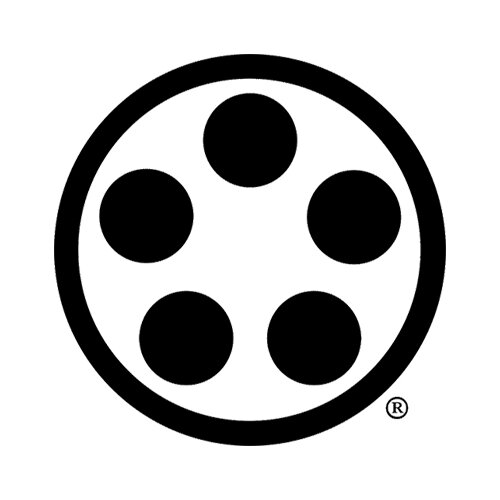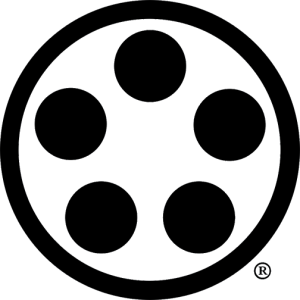TRADITIONS AND TEACHING From Matters of Life and Death: Essays in Budō, Peter Barus, 2013
The Japanese educational methods and means, tested and applied for centuries, were well understood and fully developed when Japan was still in a period of constant internecine warfare. Today there is no mystery about how to go about this form of training. The real problem is having access to an authentic tradition. This is only found in a true teacher: there is no other repository but a living master.
The marketing of martial arts did not begin recently, but accompanied profound upheavals in political and economic life during the Meiji Restoration, in the mid-nineteenth century. Extreme economic pressures on traditions that had been jealously guarded family secrets for centuries forced fundamental change on those that survived. Despite this a few of the old arts remain, with unbroken lineage extending centuries into the past. To speak of purity in this context is to tread on very uncertain ground. Such traditions share many characteristics of language, and even the most rigorously-guarded languages, if they live, must evolve. Authenticity is impossible to verify, and extremely unlikely. While the pure arts may not have been utterly extinguished, it is rare that a prospective student will be able to locate a qualified teacher by any means other than blind luck. But as if this were not discouraging enough, it is extremely unlikely that a rank beginner, even blessed with such luck, could recognize a master in any case. A better approach might be to cultivate an open, teachable attitude and let the master do the recognizing.
The relationship of master and disciple is not ideological or religious, though it does have its ritualistic aspects, but it is a bond beyond filial. When I met the man I was to address as Sensei, I could not possibly have known what this encounter would mean. It would be years before I began to understand the nature of this relationship, and after nearly three decades I am more than ever just beginning. It is not merely a commitment to a person but to a way of life. With time and hard work, we begin to recognize its true dimensions.
Authentic commitment will have everything to do with whether the relationship prospers. It could even be said that the quality of the student’s commitment is a defining characteristic of mastery in a teacher. A good instructor would certainly take this view.
It seems to me that the distance from my level of understanding to that of my Sensei is, if anything, much greater now than it was when I first bowed in more than a quarter-century ago. Perhaps this is only a growing awareness of a distance that has always been infinite. Sometimes I have thought I could see, with hindsight, ways in which my Sensei had grown in his own comprehension of the art; but this is only a sort of parallax, a distortion attributable to my changing point of view. Parallax describes the difference between what you see through a viewfinder or a gunsight, and what is captured on the film or hit by the bullet.
The brain is a meaning-generator, and keeps trying regardless. It is impossible to go beyond one’s own event horizon, so to speak. The idea of catching up makes about as much sense as flying by flapping my arms. On the other hand, from the first moment in training I found I was capable of things in Sensei’s presence that I could not normally perform by myself.
In the very first class I was permitted to attend, after demonstrating a certain counterattack Sensei stood before me, wooden sword in hand, and attacked! It was like standing on the track in front of a speeding locomotive. Before I could think of what we had just been shown, he was an inch away, the blade resting across my throat. He demonstrated the footwork for me. He barked a command that I knew somehow meant, Again!
At that moment, something shifted. My attention focused in a strange way: not on my thoughts, which were in gridlock, but on my surroundings. It was as if I had been knocked unconscious, and I was just coming to my senses. I was thrust into the present moment by the force of danger. Before thought could form he was upon me. This time I, or to be precise, my body unencumbered by thought, executed the technique somehow, I have no memory of how. This time his wooden blade found only my sleeve. “More better!” he said, already moving to the next student. I bowed deeply.
He may have seen a trace of the raw material in me, that would be worth the trouble of heating and hammering into some semblance of a gentleman. I only knew that it was now up to me to bring everything I could to my training. If I held anything back, I knew the door would shut firmly in my face. It was never explained to me, or written anywhere, and yet it was as clear as an exquisitely cut diamond that this was The Deal. The peculiar thing about this arrangement was that it did not seem to involve him; it was an agreement with myself, in which I bore all of the responsibility.
I found that as a rule, in Sensei’s classes, I was always able to continue beyond the point where I would ordinarily run out of breath. Coordination, balance, timing, distance and power were all quite noticeably improved when Sensei was there. In this way I was provided with a template, my bones and muscles imprinted with the proper way to execute techniques I would not be able to perform correctly again for months or years to come. I would not be able to mistake my performance for anything approaching the standard he set.
We might put it that, as in Physics, observing is a creative act; that the Instructor brings an observing within which students realize potential in an extraordinary way. When addressing me, Sensei seemed to be speaking to a person much more capable than the person I considered myself to be, somehow inhabiting my body for a little while. His authority – not a title but something innate – overwhelms self-assessments, which, like aching joints, have little to do with what is actually possible for the student. To describe this as high expectations is not quite accurate; he does not impose a conceptual view of the student based on some method of evaluation, but rather engages the student directly, without regard for that student’s self-imposed limitations or outward presentation.
There may be a neurological phenomenon at work. We know that there are “mirror neurons” that have us mimic the actions of others. Just watching a football game, about twenty percent of your neurons match those of a player. Your throat may hurt after attending an opera. Brains have a powerful tendency to connect with other brains.
But this is not to say Sensei is playing a trick on us. The word, Sensei, means “one who has gone before.” One must have made the journey authentically. There is no way to fake this. There is only creation, and another word for creation is mastery.
As with music there is also a distinction between interpretation and improvisation. In Budô these seem to merge in the performance. At the moment of action, we perform, not an interpretation of a kata, but the kata. This requires that the performance be absolutely per form. The only way this can work is when the interpretation and the improvisation are identical; in other words, when the rigorously prescribed series of actions in performance is an act of authentic and spontaneous self-expression.
This paradox does not seem so difficult to grasp when I think of a great musical performance. Only by getting the ego completely out of the way does the master violinist, for example, bring forth the fullest self-expression. In such an event, we realize a self other than the one we normally call “myself.” That self is universal, and brings us into direct communication, or communion, with the composer, through the performance of a master. The self being expressed, then, is both the performer’s and the composer’s as well as that of the audience.
It is characteristic of great teaching that students experience an astonishingly heightened level of competence. It is as if we borrow this ability from a possible future self, under the gaze of a master who sees us without the filter of the mind’s self-identity. During training we bask in this borrowed competency, while establishing patterns of movement in muscle-memory. It is then up to us to find our way back to that exemplary way of being, despite the fact that it leaves no trace in memory. Eventually, with perseverance, we may re-create it, and re-cognize it, but as an original act.
This kind of effect on others is a particular quality of the master swordsman: had I been an adversary, I have no doubt my talents would have been correspondingly decreased. In Budō this quality is called Aiki. While there is indeed an imminent coming-together of energies, it is best to forget about the soothing popular translations of the characters that form this word as “unifying energy” or “universal harmony”. This is an insidious piece of hogwash, probably aimed at reducing barriers to market, perhaps because most parents are not thrilled about sending their Junior Samurai to learn to be more aggressive. For an adversary it is not unifying or harmonious at all, unless we mean an opponent is made to harmonize with the pavement. To be on the receiving end is more like feeling the ground shake at the approach of a mile-long freight train, or standing in the ocean in front of a very large wave. One has no desire to challenge such forces. The only consideration is how to get out of the way.
From a utilitarian point of view this might seem a desirable skill to acquire. But the realization of this is not a matter of acquisition. It has more to do with clearing away what is already there, and one of the first things to go is that very desire for it. Whatever we can conceive of as an object of want cannot possibly be the thing itself, for which we have no reference. Of course it is not, it is a symbol representing something else, a concept without any corresponding reality. All too frequently we envision things that do not have any actual existence. We imagine ourselves having obtained our object, even when there is no possible way to know in advance what it is, or how life would be then. This is probably the basis for market capitalism, if not human history.
If you are fortunate enough to locate a true teacher of an authentic tradition and be accepted as a student, you enter a unique relationship. You agree to abandon all that you know, in favor of what someone else knows. It will probably take five years or more, just to begin this process.
The End.


